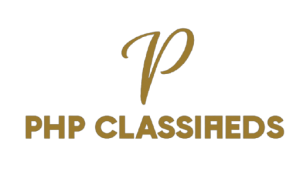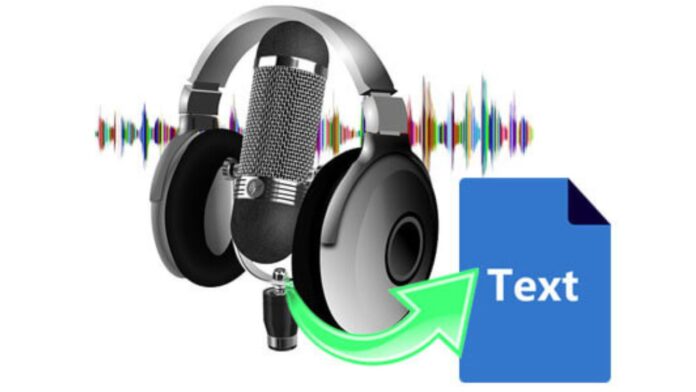In the digital age we currently live in, the ability to convert spoken language into written text — a process known as transcription — is not just beneficial, but also increasingly important. Transcribing voice memos has become a fundamental aspect of personal and professional productivity, making efficient transcription tools an indispensable resource in various contexts. Whether in the realm of business, education, research, or personal use, these digital tools can make a tremendous difference.
I. Understanding the Features of “Transcribe Voice Memos”:
Transcription software has evolved to offer remarkable features and functionalities. A paramount software in this domain is “Transcribe Voice Memos,” whose features can be evaluated based on three key aspects: accuracy, speed, and ease-of-use.
Accuracy is a cardinal feature of “Transcribe Voice Memos,” which uses advanced speech recognition technology to convert voice memos into text with high precision. The speed of transcription is equally vital in today’s fast-paced world. “Transcribe Voice Memos” provides real-time transcription, saving precious time and enhancing efficiency. In terms of user-friendliness, the software has an intuitive interface that enables even those with limited technical knowledge to utilize it effectively.
II. Applications and Categories of Transcribe Voice Memos:
Transcribing voice memos has wide-ranging applications across various domains. In business, for example, transcription can simplify minute-taking in meetings, ensuring that important details are accurately captured and stored for future reference.
In the education sector, transcription can enable students to convert lectures into study materials, thus enhancing their learning process. In research, transcription services can assist in converting interviews and focus group discussions into analyzable data. For personal use, it can be employed to jot down ideas, create to-do lists, and record personal reflections.
III. Benefits of Transcribe Voice Memos:
Using transcription tools like “Transcribe Voice Memos” brings numerous benefits. The time-saving aspect is a significant advantage, given the speed of the transcription process compared to manual note-taking. Moreover, transcribing voice memos promotes improved organization by converting scattered spoken ideas into structured written formats, making information easier to access and understand.
Perhaps one of the most potent benefits is the enhancement of collaboration. Transcribed memos can be shared amongst team members, ensuring everyone is on the same page and streamlining workflows.
IV. Pros and Cons of Transcribe Voice Memos:
Despite the clear advantages, it’s essential to note that transcription tools come with certain limitations. Accuracy might still be a challenge when dealing with heavy accents or background noise. Additionally, privacy concerns could arise when sensitive information is processed through third-party software.
However, these challenges can be mitigated. For instance, using clear audio input and accent recognition features can improve transcription accuracy. Privacy concerns can be addressed by choosing transcription software that provides robust security measures and strict data protection policies.
Conclusion:
Transcribing voice memos has emerged as a potent tool for enhancing productivity in a digital world. With tools like “Transcribe Voice Memos,” individuals and organizations can leverage the benefits of swift, accurate, and user-friendly transcription services. The key is to be aware of both the benefits and potential challenges and to make informed decisions that capitalize on these technologies to the fullest.
The journey towards a more productive and organized digital environment is well underway, and transcription tools are a pivotal part of this voyage. So, take the step and explore the potential of these tools today.








